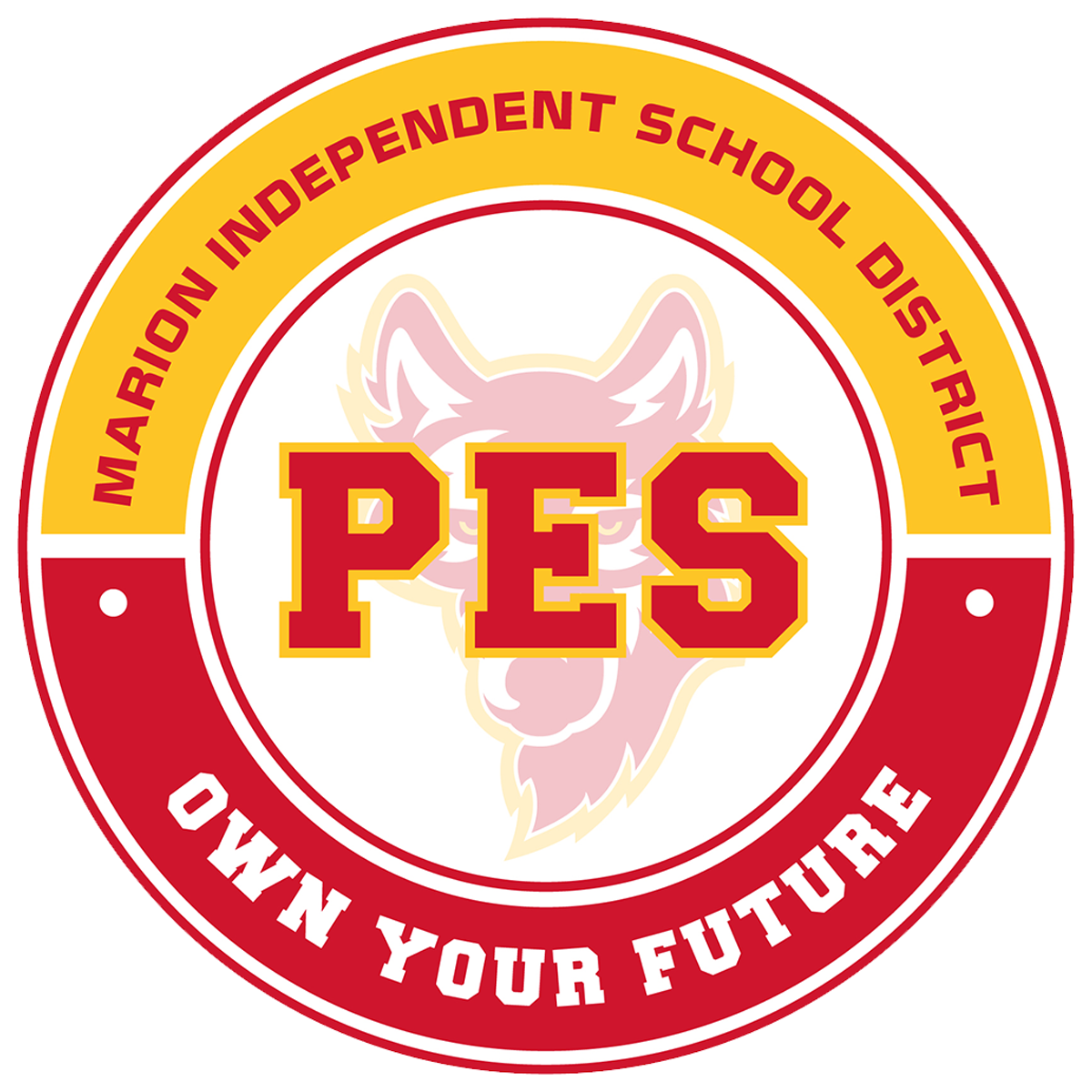Kindergarten students have been hard at work learning all about a number of animals in science. Their final science unit of the year, Animals 2x2, focuses on four varieties of animals: fish, snails, worms, and isopods. Fortunately, students have not only learned about these animals by reading about them - each kindergarten class has real animals for students to study!



Students began this unit by studying fish, each class having both goldfish and guppies. They learned about the structure of fish, identifying different body parts and their functions. For example, students learned that goldfish and guppies have gills, which they use for breathing. Through observations, students also compared and contrasted the goldfish and guppies, noting that these two fish are alike in many ways, despite being much different in size. After studying goldfish and guppies, kindergarten students added water snails to their aquariums. The two varieties of snails that they studied were pond snails and ramshorn snails. As they did with the fish, students were able to closely observe the snails both in aquariums and in glass vials. In doing this, they were able to notice the intricacies of the snails’ shells and tentacles.



In addition to learning about the structure of animals during this unit, kindergarten students have been learning about their basic needs as well. For example, they learned that all animals need shelter. When studying goldfish, and guppies, each class added a tunnel to their aquarium; they then discussed that this tunnel provides the fish with additional shelter within the aquarium. Along with shelter, students have learned that fish and water snails need food, water, and air to survive. Most recently, each class has added earthworms and red worms to their animal collections. Students have begun their study of these worms by observing their behavior in their terrariums. Over the next week or two, kindergarten students will continue to learn about both types of worms, and will compare and contrast the worms’ needs with those of the fish and water snails.



Kindergarten will finish this unit in a few weeks by studying two different types of isopods - pillbugs and sowbugs. It has been so much fun to see how engaged, and enthusiastic students have been about studying each new animal!

